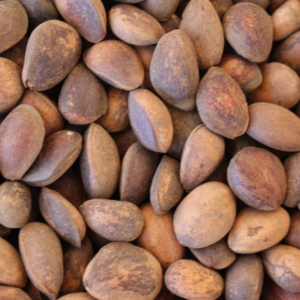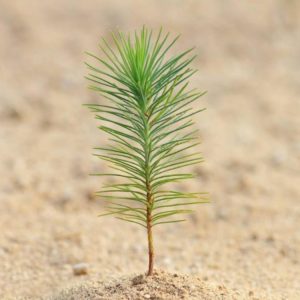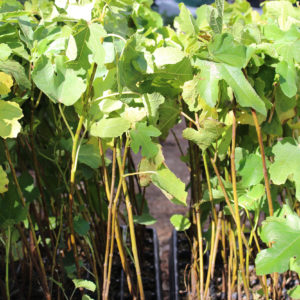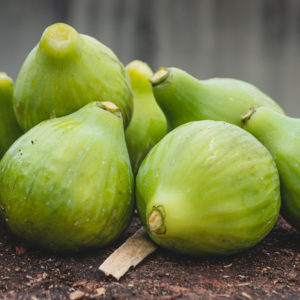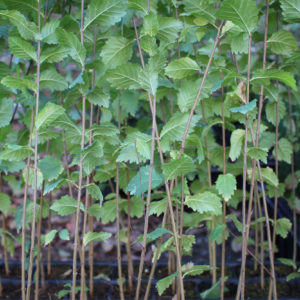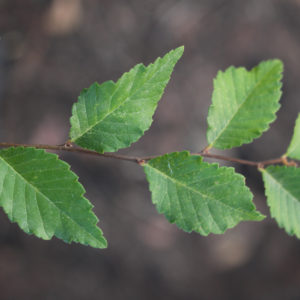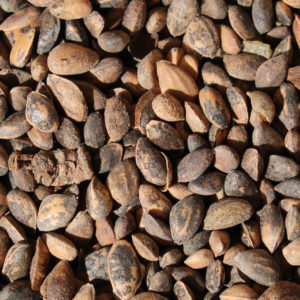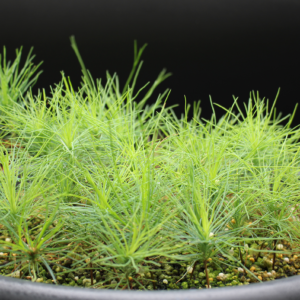Description
Crassula Ovata Bonsai (Jade Plant)
Unique plant, you will receive exactly the plant of the foto
Crassula ovata, commonly known as the Jade Plant or Money Tree, is a popular succulent that can be cultivated as a bonsai. Its natural habitat is in South Africa, but it has gained worldwide popularity as an indoor and outdoor plant due to its unique appearance and relatively easy care requirements.
Here are some key points to know about Crassula ovata as a bonsai:
Size and Growth: As a bonsai, Crassula ovata can be maintained at a small size, typically between 6 to 18 inches (15 to 45 cm) in height. It has thick, fleshy leaves that store water, which allows it to withstand periods of drought. Over time, with proper pruning and training, the tree can develop an aged, gnarled appearance.
Trunk and Branch Structure: The Jade Plant’s trunk is often thick and woody, with a smooth bark that can develop a reddish tinge with age. The branches tend to be thick and well-defined, providing an excellent base for shaping the tree into the desired bonsai style.
Leaf Characteristics: Crassula ovata has small, oval-shaped leaves that are glossy and fleshy. The leaves are typically a vibrant green, but in certain conditions, they can develop red or yellow tints on the edges. The compact foliage of the Jade Plant makes it suitable for creating dense canopies and pads in bonsai design.
Care Requirements: Jade Plants are relatively hardy and can adapt to a wide range of conditions. They prefer bright, indirect light and should be protected from harsh afternoon sun. The soil should be well-draining, as excessive moisture can lead to root rot. Watering should be done moderately, allowing the soil to dry out between waterings. During winter, reduce watering to avoid overwatering when the plant is in its dormant phase.
Pruning and Training: Regular pruning is essential to maintain the desired shape and size of the bonsai. Crassula ovata responds well to pruning, and new growth can emerge from old wood. To encourage branching and denser foliage, pinch back the growth tips. Wiring can be used to shape the branches, but take care not to damage the fleshy leaves.
Repotting: Repotting is typically done every two to three years, preferably in spring. Use a well-draining bonsai soil mix that is rich in organic matter. Trim the roots during repotting, removing any circling or damaged roots. Crassula ovata has a shallow root system, so it’s recommended to use a shallow bonsai pot.
Aesthetics and Styling: The Jade Plant lends itself well to various bonsai styles, including informal upright, slanting, and group plantings. Due to its thick trunk and compact foliage, it can also be trained as a bonsai with a substantial trunk or as a bonsai forest.
Overall, Crassula ovata, the Jade Plant, is an excellent choice for bonsai enthusiasts, especially beginners. Its adaptability, forgiving nature, and unique appearance make it an attractive option for bonsai cultivation. With proper care and maintenance, a Crassula ovata bonsai can provide years of enjoyment and aesthetic appeal.
Additional information
| Weight | 2,9 kg |
|---|---|
| Dimensions | 38 × 24 × 24 cm |
| Amount / Variety | Number 1, Number 2, Number 3 |

